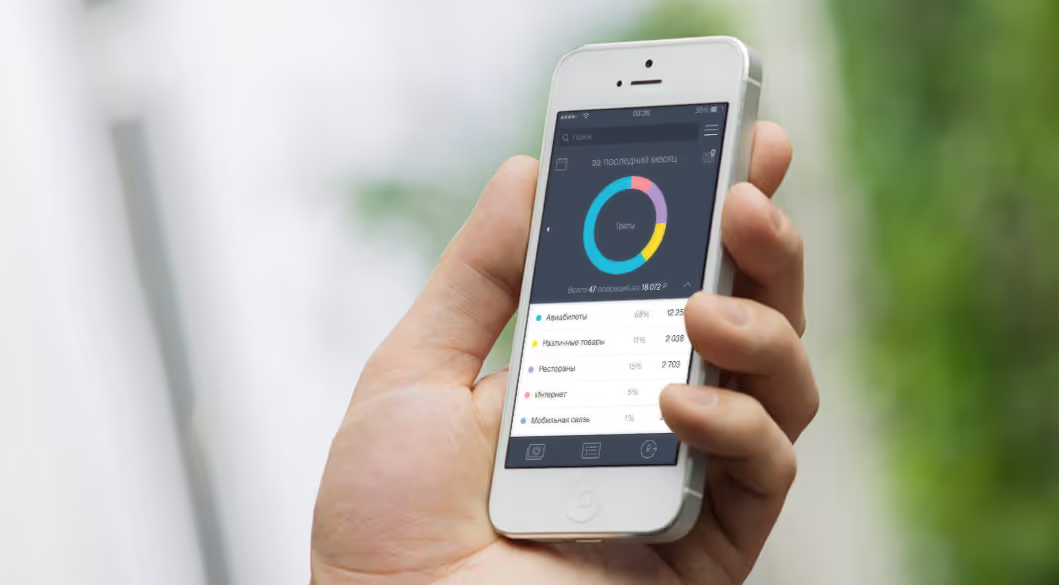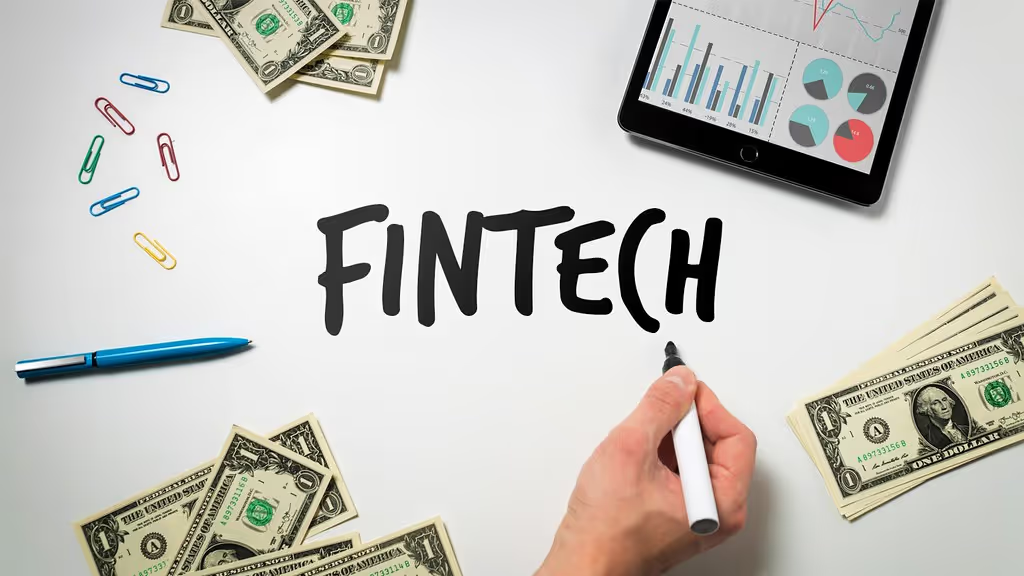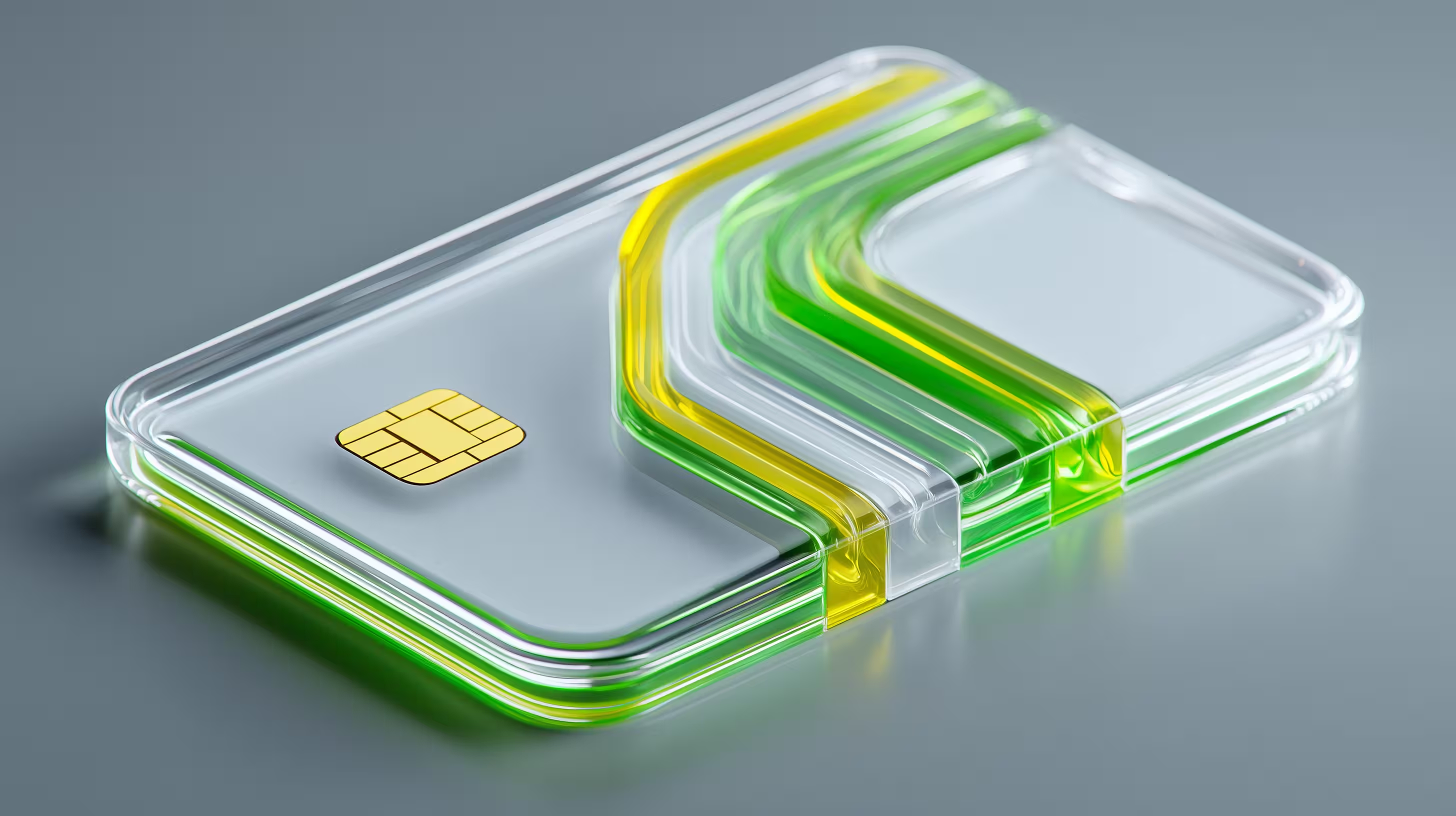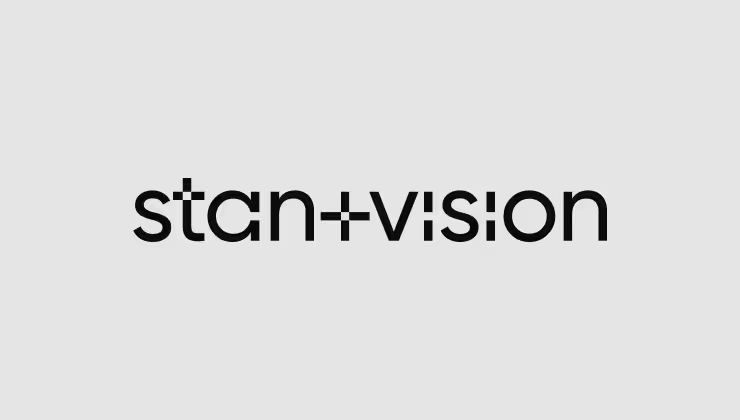Fintech plays such a crucial role in our lives, that it must be as uncomplicated and user-friendly as possible. What's the goal besides being easy, you might ask. To reach a high level of trust from users.
We highlight effective design strategies that enhance the user interface and boost trust in financial apps. We'll explore the integration of simplicity, security, and user-first principles in fintech design.
The importance of Fintech UX Design
Fintech design is the secret behind user-friendly financial products and services. Within our experience, we've seen it turn complex financial transactions into simple processes that even non-experts can navigate with ease through their mobile devices. Fintech companies elevate the mobile banking experience by adhering to modern design standards and building trust and credibility while seamlessly navigating complex regulatory constraints.
The Essence of Fintech Design
The essence of fintech design is deeply rooted in its unique ability to guide and understand its users. This understanding is not just on a surface level but sives into the complexities of user behaviour, preferences, and needs. We, as designers must try to keep things as simple as possible, reducing difficulty and making the user interface intuitive and easy to navigate.
This simplicity, however, does not compromise its adaptability. Fintech design is capable of adapting to the user’s context, providing personalized experiences to ensure user engagement.

This includes the use of natural language. By using language that the user finds familiar and comfortable, it creates a user-friendly environment that fosters better interaction and engagement.
All these elements combined make fintech design a powerful and indispensable tool in the financial technology industry, transforming the way we interact with financial services and products. This approach is transforming the fintech industry, exceeding customer expectations, and simplifying financial management.
Bridging Financial Services with User-Centric Design
Fintech design aims to bridge financial services with user-centric design principles. As design professionals, we play a crucial role in ensuring that fintech services prioritize enhancing customer experience, making interfaces thoughtfully designed with the user in mind, and improving their interaction with financial technologies.
Designing a Smooth Mobile Banking App Experience
A seamless mobile banking experience is the centre of any successful fintech app. Fintech companies boost user confidence and transform the banking industry by designing intuitive processes and implementing secure features in mobile banking apps.
Applications like Chime have revolutionized the registration process by requesting only one crucial piece of information per screen. This simplification allows users to focus without feeling overwhelmed.

Intuitive User Flow for Easy Navigation
Intuitive user flows are key to making complex financial processes more manageable and user-friendly. Here are some strategies to achieve this:
- Segment data to break down complex tasks into smaller, more manageable steps.
- Seek user feedback to understand pain points and areas for improvement.
- Maintain consistency across the app in terms of design, terminology, and interaction patterns.
By implementing these strategies, we strive to create a seamless user experience.
Reinforcing Trust with Secure Features
Security is a top priority in fintech design. Implementing features like multi-factor authentication, encryption, and a layered security approach reinforces trust and confidence among users, effectively instilling a sense of security in their financial transactions.
Personal Finance Management: A User-Centric Approach
In personal finance management, a user-first approach is paramount. Fintech solutions create a more pleasant and effective user experience by simplifying financial data and providing customizable tools.
Data visualization, for example, allows users to view their finances in a visually engaging manner, simplifying complex financial information. This is where fintech UX design trends and we, as experienced UX designers, join forces to turn finance from a bureaucratic burden to an easy daily habit.

Simplifying Financial Data
The simplification of financial data is a crucial aspect of fintech design. Clear and consistent design elements, responsive font sizing, and consideration for screen readers are just a few strategies that make financial data more comprehensible.
Customizable Tools for Personalized Financial Planning
Customizable tools for personalized financial planning empower users in a variety of ways. They allow users to manage their finances in a way that suits their unique needs and goals. From a design standpoint, this customization is key to making financial planning a more personalized experience.
Leveraging customer data is another important aspect of these tools. By making use of customer data, these tools can provide more tailored services to each user. This data-driven approach helps ensure the services provided are relevant and useful to the user.
The use of algorithms and artificial intelligence is another significant feature of these tools. These technologies enable the tools to analyze complex financial data and provide insights and recommendations based on this analysis. This makes financial planning a more efficient and effective process.
Providing personalized services with customized recommendations is another way these tools enhance financial planning. By offering recommendations that are tailored to each user's specific needs and goals, these tools make financial planning a more engaging and rewarding experience.
Tailoring investment strategies is another key feature of these tools. By allowing users to tailor their investment strategies based on their individual risk tolerance and investment goals, these tools empower users to take control of their financial future.
By utilizing financial technology solutions provided by financial institutions, users can effectively manage their finances and achieve their financial goals with the help of personal finance apps.
The Evolution of Fintech Design Trends
The fintech UX design landscape is constantly evolving, with new trends emerging continuously. One noticeable shift is towards minimalist interfaces, which offer a user-friendly experience by eliminating unnecessary elements and focusing on essential information. We, as fintech UX designers play a crucial role in creating these streamlined interfaces.

The Shift Towards Minimalist Interfaces
Minimalist interfaces are gaining traction in the fintech design space. These interfaces prioritize simplicity and ease of use with a clean and intuitive design approach, providing a seamless user experience that makes complex financial processes more manageable.
Embracing New Technologies for Better Service
In addition to minimalist interfaces, we as designers are also embracing new technologies to enhance user experience and service quality. Emerging technologies like biometrics and blockchain are being incorporated into fintech design, providing a more secure and seamless mobile app experience.
Empowering Users Through Inclusive Fintech Solutions
We design inclusive fintech solutions to improve the accessibility of financial services, catering to diverse user needs, and enhancing financial literacy. These solutions work towards making financial services more accessible to everyone, acknowledging and addressing the diverse needs of different users. They also aim to enhance financial literacy, empowering users with the knowledge and understanding needed to make informed financial decisions.
Integrating Social Elements into Financial Apps
By integrating social elements into financial apps we enhance the user experience and drive community growth. Fintech apps foster a sense of community among users by allowing them to share and collaborate on financial goals.
This sense of community can be beneficial for both users and fintech companies. Users gain the support and motivation they need to achieve their goals. At the same time, they foster a sense of belonging and trust within the community by sharing their financial goals within fintech apps.
Adding social layers to traditional banking can modernize the banking experience and make it more engaging for users. Banks can engage with clients in a casual setting by integrating social elements into their platforms. This empowers users with powerful digital banking tools, provides access to educational resources, and offers personalized financial advice. By applying all these elements to the banking app's design, we, in the role of a fintech UX designer contribute to creating a more engaging and modern banking experience.
Optimizing Fintech UX for the Stock Market Enthusiasts
Optimizing fintech UX for stock market enthusiasts involves providing real-time updates and simplifying trade processes. Apps like Robinhood offer timely stock market data, helping users make informed decisions. By streamlining trade processes, fintech design can make stock trading more accessible and efficient.

Balancing Innovation with Regulatory Compliance
Balancing innovation with regulatory compliance is vital in fintech design. By understanding regulatory requirements and prioritizing user privacy and data protection, we as design professionals are challenged to create innovative solutions that adhere to laws and regulations.
This understanding helps maintain a strong reputation and build trust with users. Prioritizing user privacy and data protection through strong encryption methods and secure data storage further enhances trust with users. One way to secure fintech product usage is by implementing two-factor authentication.
Case Studies: Successful Fintech UX Design
Real-world examples best illustrate the principles and practices of effective banking app UI design. This section will delve into some of our case studies.
- Contiant.com: Navigating Complexity with Design
Our collaboration with Contiant.com exemplifies our commitment to easy navigation and clear information presentation. By prioritizing these elements, we've helped our clients stay competitive and retain customers in the ever-evolving financial landscape.
- eMerchantPay & Ezeewallet.com: 15,000+ Happy Users
Our success story with eMerchantPay is epitomized by the creation of eZeeWallet.com—an e-wallet app with 15,000+ satisfied users. By seamlessly integrating simplicity, security, and a user-first approach, we've not only met regulatory compliance but have also delivered a personalized financial management tool. This accomplishment reinforces our belief in crafting solutions that cater to unique user needs and goals.
- Primer.io: Crafting a Future-Ready Design (Q1, 2024)
Currently, we're in the process of building a new design and website for primer.io, we're gearing up to launch a cutting-edge user experience in Q1, 2024. Their service enables users to connect their preferred payment and commerce services, design appealing customer journeys, and swiftly enter new markets—all through a unified infrastructure. Our approach involves a meticulous blend of modern design principles, intuitive flows, and secure features. The goal is to transform complex financial services into a simple, user-friendly experience, setting a new standard in the industry.
FAQ
What is fintech UX design?
Fintech UX design focuses on using user research methods and UX principles to create an intuitive user experience for individuals using financial technology products or services.
What is the trend in fintech design in 2023?
In 2023, fintech design is embracing voice technology, conversational interfaces, and blockchain to make transactions easier and revolutionize the way financial institutions operate.
What is design thinking in fintech?
Design thinking in fintech is a creative problem-solving approach that focuses on understanding user needs by observing and uncovering their unmet requirements. It is centered on user requirements and involves a process of creative problem-solving.
How do we simplify complex financial transactions?
We simplify complex financial transactions by adhering to modern design standards, focusing on user-centric design principles, and implementing secure features to build trust among users. This approach ensures a simplified and secure experience for users.
How are social elements integrated into fintech apps?
Social elements in fintech apps are integrated through features that allow users to share and collaborate on financial goals, fostering a sense of community and making the apps more engaging. This creates a more interactive and collaborative experience for users.






